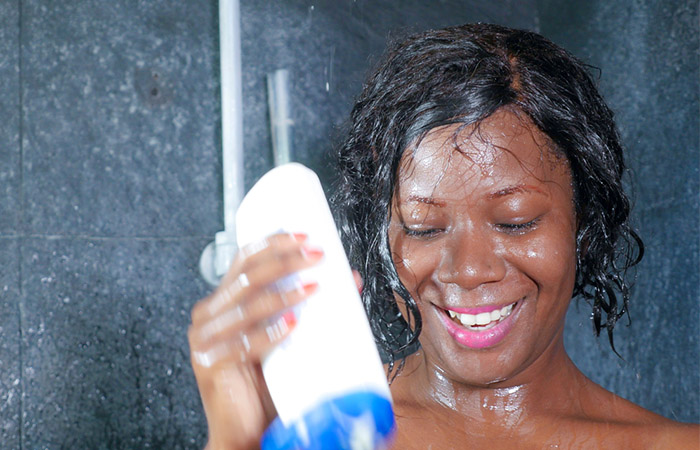- Empty cart.
- Continue Shopping
The Importance of Proper Hair Washing Techniques

Maintaining healthy, lustrous hair goes beyond using the right products; it starts with mastering the art of proper hair washing techniques. We will delve into the significance of this seemingly mundane task and provide you with a step-by-step approach to achieve optimal results.
Understanding the Basics
The Scalp-Hair Connection
Before we dive into the techniques, it’s crucial to understand the intimate relationship between the scalp and hair health. The scalp is the foundation from which healthy hair grows. It’s essential to keep the scalp clean, free from excess oils, dirt, and residue to ensure the hair follicles can breathe and grow unimpeded.
The Role of Proper Circulation
Effective hair washing techniques also stimulate blood flow to the scalp. This increased circulation helps deliver vital nutrients to hair follicles, promoting healthier and faster hair growth.
Step-by-Step Guide to Proper Hair Washing
1. Pre-Wash Preparation
Begin by thoroughly brushing your hair to remove any tangles or knots. This not only makes the washing process more effective but also prevents further tangling during shampooing.
2. Water Temperature Matters
Use lukewarm water to wet your hair. Extreme temperatures, such as very hot water, can strip your hair of its natural oils, leading to dryness and potential damage.
3. Choosing the Right Shampoo
Selecting an appropriate shampoo for your hair type is crucial. Whether you have oily, dry, curly, or color-treated hair, there’s a specific formulation designed to cater to your needs. Read labels and choose wisely.
4. Applying Shampoo Correctly
Dispense a small amount of shampoo onto your palm, then emulsify it by rubbing your hands together. Gently apply it to your scalp using your fingertips, not your nails. Focus on massaging the scalp, allowing the suds to naturally cleanse the length of your hair.
5. Rinse and Repeat (if necessary)
Thorough rinsing is paramount. Ensure all shampoo residue is completely washed away. If your hair is particularly dirty or oily, a second shampooing may be necessary. Remember, a little goes a long way.
6. Conditioning Techniques
Apply conditioner primarily to the mid-lengths and ends of your hair, where it’s needed most. Avoid the scalp as this can lead to a greasy appearance. Use a wide-tooth comb to evenly distribute the conditioner and detangle your hair.
7. Mastering the Rinse
Rinse your hair with cool water to seal the hair cuticles, imparting a smoother and shinier finish. Ensure no conditioner residue remains to prevent buildup.
8. Towel Drying Etiquette
Avoid rough towel-drying, as this can lead to breakage and frizz. Instead, gently blot your hair with a soft towel to remove excess water.
9. Post-Wash Treatments
If your hair requires additional care, consider applying a leave-in conditioner, serum, or oil while it’s still damp. These treatments can provide added moisture, protection, and shine.
Common Mistakes to Avoid
1. Overwashing
Washing your hair daily can strip it of its natural oils, leading to dryness and potential damage. Aim for two to three times a week, adjusting as needed based on your hair type and lifestyle.
2. Neglecting the Scalp
Ensure you’re giving your scalp the attention it deserves. A clean, well-massaged scalp is the foundation for healthy hair.
3. Using Too Much Product
More isn’t always better. Using excessive shampoo or conditioner can lead to buildup, making your hair appear dull and lifeless.
In conclusion, mastering the art of proper hair washing techniques is a cornerstone of maintaining healthy, vibrant locks. By understanding the basics, following a structured approach, and avoiding common pitfalls, you can ensure your hair is primed for optimal growth and vitality. Remember, the key lies in consistency and a little extra care. Invest time in your hair-washing routine, and you’ll be rewarded with tresses that exude health and radiance.








